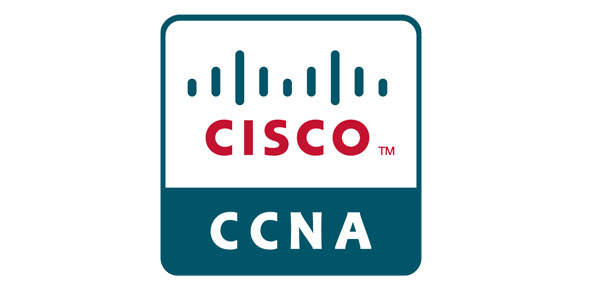Related Flashcards
Related Topics
Cards In This Set
| Front | Back |
|
Example of how an AA is converted to glucose (PRO --> CHO)
|
Alanine --> pyruvate --> glucose
|
|
Example of how glucose could be converted to AA (CHO--> PRO)
|
Glucose --> pyruvate -> alanine
|
|
Which part of fat can be converted to glucose
|
Glycerol backbone; glycerol -->DHAP-->glucose
|
|
General steps needed to convert glucose to fat (CHO --> Fat)
|
Glucose --> 2 pyruvate (via glycolysis);pyruvate --> acetyl CoA (via PDH complex);Acetyl CoA --> malonyl CoA (via de novo lipogensis/FA synthesis);malonyl CoA --> palmitate [FA] (via de novo lipogensis/FA synthesis)
|
|
General steps needed to convert an AA to fat (PRO--> fat)
|
Alanine --> pyruvate--> acetyl CoA --> malonyl CoA --> palmitate (FA)
|
|
General flow of how glycolysis, PDH, TCA, and ETC are linked together:
|
Glycolysis take one glucose and makes two pyruvate. Pyruvate enter PDH complex to make acetyl CoA. Acetyl CoA enters the TCA cycle, where each turn yields 1 FADH2, 3 NADH2, 2 CO2, 1 ATP. The 3 NADH and 1 FADH2 go to the ETC, where each NADH makes 3 ATP and each FADH2 makes 2 ATP.
|
|
How to galactose and fructose enter glycolysis?
|
Fructose enters as DHAP (dihydroxyacetone phosphate); galactose enters as glucose-6-phosphate
|
|
How do glycogen synthesis and glycogen breakdown connect to glycolysis?
|
Glycogen synthesis: glycogen is converted to G-1-P to G-6-P where it can enter into glycolysis; glycogen breakdown: G-6-P from glycolysis is converted to G-1-P to UDP glucose to glycogen.
|
|
Substrates for gluconeogenesis? Why can't acetyl-CoA be converted to glucose?
|
Pyruvate, lactate, odd chain fatty acids, glycerol, glucogenic AA's; Acetyl-CoA can't be converted to glucose because pyruvate dehydrogenase reaction in PDH complex is irreversible. Alcohol and even chain fatty acids also can't be used as substrates
|
|
What are the fates of acetyl-CoA
|
Ketone bodies, FA (lipogenesis), cholesterol/steroids, energy (via TCA)
|
|
Overall, what happens in the TCA cycle? What goes in and what comes out?
|
1 acetyl-CoA enters cycle and each turn produces 3 NADH, 1 FADH2, 2 CO2, and 1 ATP
|
|
Possible fates of CO2 produced from the TCA cycle
|
Used for carboxylation reactions (i.e. FA synthesis and gluconeogenesis) and other C needs (i.e. urea synthesis)
|
|
What common intermediates in the TCA cycle connect to Fat/CHO/Pro metabolism?
|
Fat metabolism: citrate for lipogenesisCHO metabolism: OAA to glucose (via gluconeogenesis)PRO metabolism: OAA transaminated to Asp
|
|
General flow of fat metabolism (how are b-oxidation, TCA, and ETC linked)
|
Fatty acid chopped up 2-Cs at a time as acetyl-CoA via b-oxidation; For each b-oxidation, yield 1 acetyl-CoA, 1 FADH2, 1 NADH. Acetyl CoA goes to TCA to make 3 NADH, 1 FADH2, 1 ATP. NADH and FADH2 go to ETC, where each NADH makes 3 ATP and each FADH2 makes 2 ATP.
|
|
General flow of protein metabolism (how AA are metabolized via transamination and oxidative deamination; how is the N excreted)
|
The 2 N in urea come from detoxifying in urea cycle. The urea cycle obtains the two N's from AAs. The first N is obtained by AA aspartate and 2nd N is from free ammonia (from AA glutamate via transamination of glutamate to aspartate and oxidative deamination of glutamate to yield free ammonia)
|




